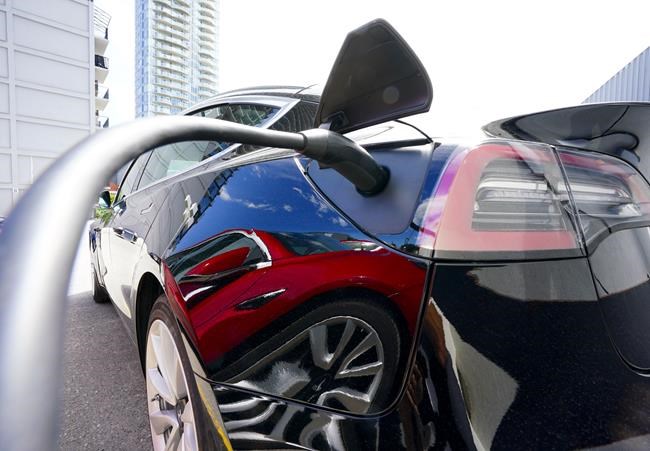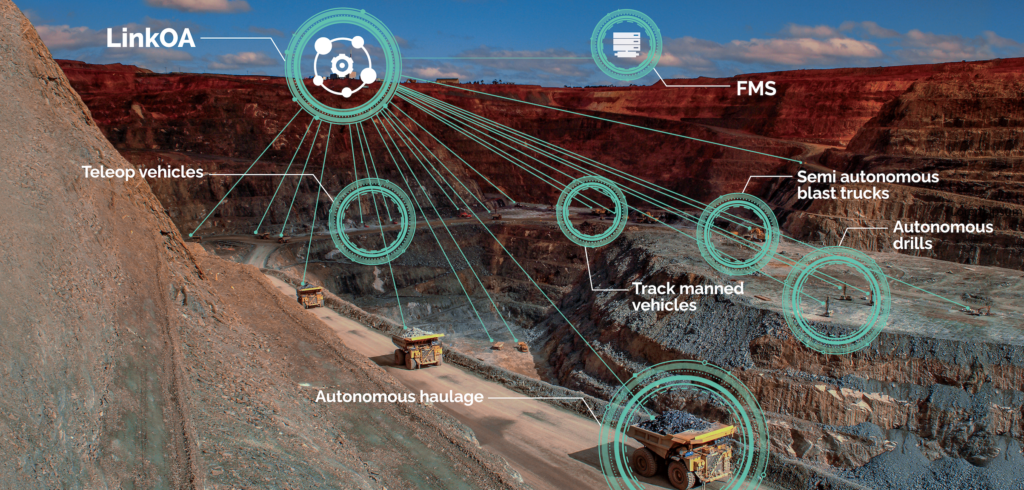
OTTAWA — On Saturday, the federal government’s long-promised clean fuel regulations will take effect across Canada. Here are five things to know about what they are, how they will affect you and why they are different from the carbon price.
What are the clean fuel regulations?
First promised in 2016, but not completed until last year, the clean fuel regulations are designed to reduce emissions from every stage of producing, processing, transporting and using gasoline and diesel.
It is also meant to drive investment in biofuels and electric-vehicle charging infrastructure.
The regulations are being phased in over seven years. The goal is that by 2030, the emissions produced from each fuel will fall by about 15 per cent compared with 2016 levels.
The impact analysis of the regulations said they could result in a reduction of 26.6 million tonnes of greenhouse gases in 2030, or about what is produced from six million passenger vehicles over a year.
That accounts for 10 to 12 per cent of emissions needed to hit Canada’s current climate target for 2030.
The regulations are similar to what the states of California, Oregon and Washington, as well as the European Union, already have in place.
Who has to comply with the regulations and how?
The regulations apply to refiners and importers of gasoline and diesel. They must cut the emissions on their products either by producing their own credits through reducing emissions, or buying them elsewhere.
One way to create credits is by investing in technology that directly reduces emissions from gasoline and diesel, such as installing carbon capture and storage systems at an extraction site, or using zero-emitting electricity such as wind or nuclear instead of coal or natural gas to power a refinery.
Companies can also get credits for producing or importing low-carbon fuels such as ethanol, which are added to gasoline or diesel to lower their emissions output.
The third way to create credits is by investing in electric-vehicle charging stations or hydrogen fuel cell stations.
There is already a requirement to blend biofuels into gasoline and diesel in every province but Newfoundland and Labrador, so most of the companies affected by the new regulations are already producing enough credits to comply for at least the first two or three years.
Why will they affect Atlantic Canada more than other regions?
The cost of the regulations should be lower for companies that create their own credits than for those that rely heavily or entirely on buying them. In Atlantic Canada, there are fewer opportunities to create such credits partly because the region’s geology won’t allow for carbon capture and storage. There has also been slower uptake on electric vehicles and biofuels.
Because Newfoundland is exempt from current biofuel requirements, companies there aren’t already complying with the initial requirements under the regulations and will have to more quickly buy credits to comply.
How is this different from carbon pricing?
Both carbon pricing and the clean fuel regulations are climate policies designed to cut back on Canada’s greenhouse gas emissions.
Carbon pricing is a fee charged directly to the purchase price of 22 different fuels, including gasoline, diesel, propane, and natural gas.
The idea is to raise the cost of those fuels so people are motivated to use less of them.
That can happen by driving less, using an electric car, upgrading your home-heating system or insulation to use less heat, or any other measures that allow you to cut back on how much fossil fuels you use.
The clean fuel regulations instead compel refineries and importers to make changes to their processes to cut emissions from their products directly, or indirectly from buying credits from others who have.
The costs are not directly applied to consumers, but the refineries and importers who must pay for them could pass them on indirectly.
The more refineries and importers make their own investments to comply with the regulations, the lower the cost will be. The more they rely on buying credits from others to do so, the higher the costs will be.
Unlike the carbon price, the regulations apply only to gasoline and diesel. Initial plans to also apply them to kerosene, jet fuel and heating fuel were abandoned after consultations.
How much are these policies going to cost consumers?
At current levels the carbon price adds about 14 cents to a litre of gas. That will rise 3.3 cents per year until 2030, when it will add 37 cents.
HST and GST are charged on top of that, which varies by province. The additional sales tax due to carbon pricing in 2023 ranges from 0.7 cents in the Prairies to 2.15 cents in the Atlantic. In 2030 will range from 1.85 cents in the Prairies to 5.56 cents in Atlantic Canada.
The cost of the clean fuel regulations is more murky because it’s not a direct fee. It will depend on what the refineries and importers do to meet the regulations and how much of the costs they pass on to consumers.
It is expected the costs will be low at first, because most companies will not have to do much to comply in the early years.
By 2030 the cost is expected to vary from six to 13 cents per litre for gasoline and seven to 16 cents for diesel, depending on how the companies decide to comply.
But the energy boards for two Atlantic provinces have already decided to start passing on the costs to consumers now, at varying levels.
New Brunswick will hike prices eight cents a litre on July 7, and Nova Scotia by 3.74 cents. Prince Edward Island and Newfoundland and Labrador are still deciding whether to increase prices immediately.
Other provinces do not have energy boards that set gas prices, so it will be up to the fuel suppliers to decide if they change.
Ultimately, the costs next month will range from 15 cents per litre of gasoline in the Prairies to as high as 24.45 cents in New Brunswick.
In 2030, the carbon price and clean fuel regulations together could add anywhere from about 45.15 cents to about 56.2 cents per litre.
The federal government rebates the cost of the carbon price through quarterly cheques in the eight provinces that use the federal system rather than their own provincial equivalent.
The parliamentary budget officer says the rebates exceed the direct cost of the carbon price for most households.
This report by The Canadian Press was first published June 29, 2023.
Mia Rabson, The Canadian Press
Share This:





